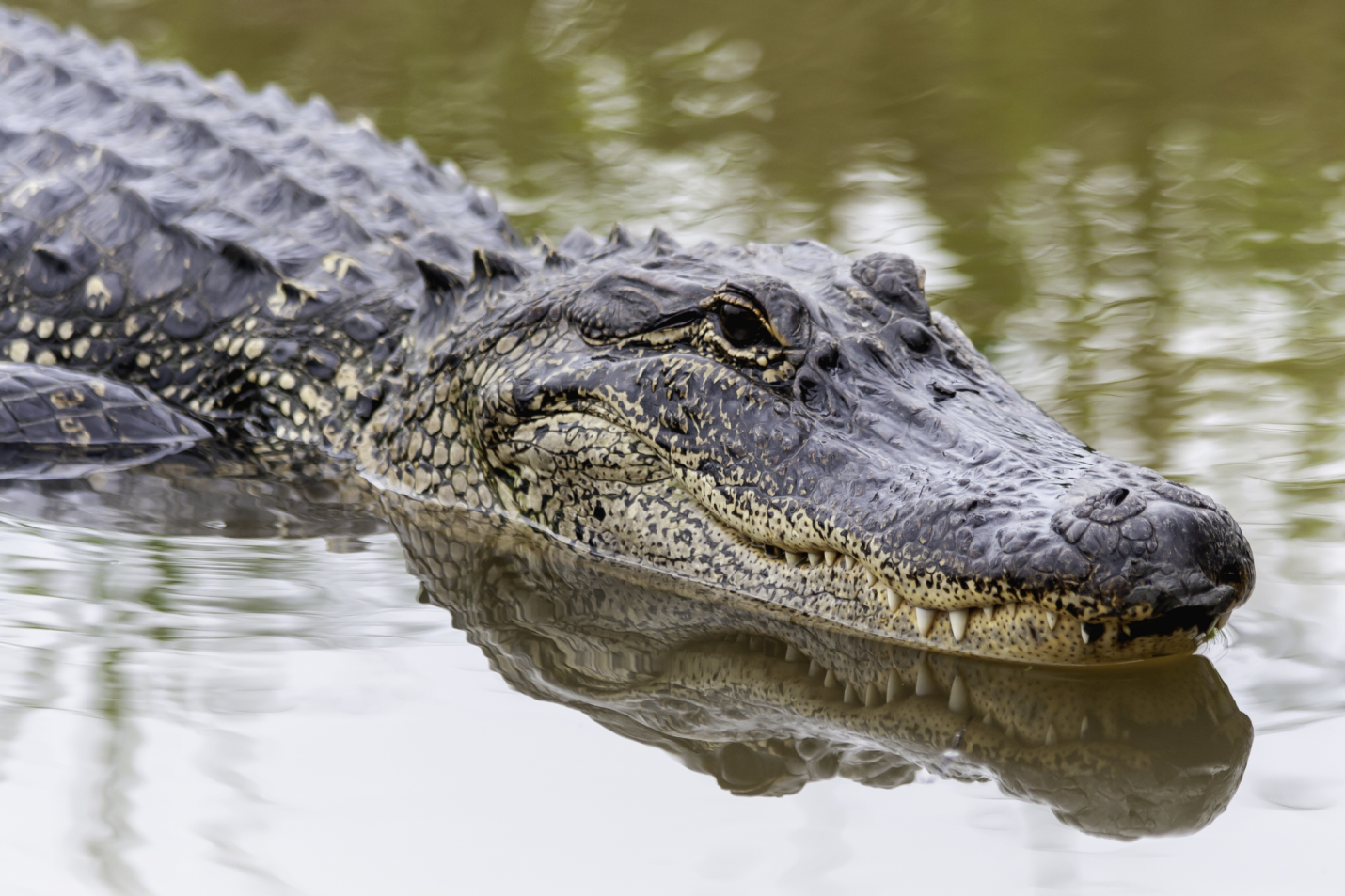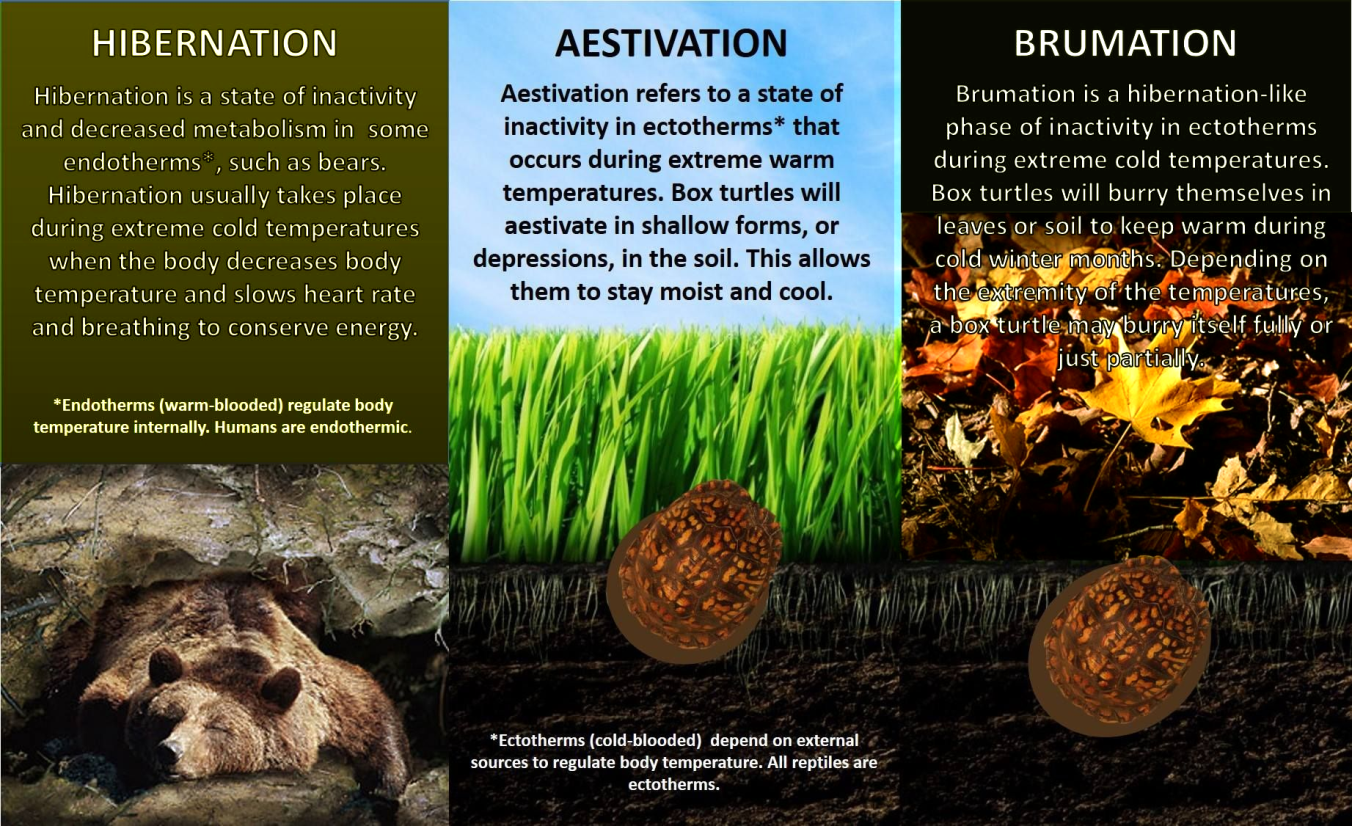Free Courses Sale ends Soon, Get It Now


Free Courses Sale ends Soon, Get It Now



Copyright infringement not intended
Picture Courtesy: https://www.newsweek.com/alligator-lured-residential-pond-raw-chicken-trap-1634092
Context: Reptiles adapt to colder months through brumation, a period of reduced activity and metabolism aimed at conserving energy and resources.
About Brumation
Physiological Changes During Brumation
Behavioural Changes
Environmental Cues and Triggers
Selection of Sheltered Locations
Duration of Brumation
Preparation and Emergence
Conclusion

|
PRACTICE QUESTION Q. What is the primary benefit of brumation for reptiles? A. Increased reproductive activity B. Enhanced foraging abilities C. Conservation of energy and resource minimization D. Improved social interactions Answer: C Explanation: Brumation in reptiles is a period of dormancy or slowed activity, primarily occurring during colder months when temperatures drop, and food becomes scarce. The primary benefit of brumation is the conservation of energy and the minimization of resource requirements. |
© 2024 iasgyan. All right reserved